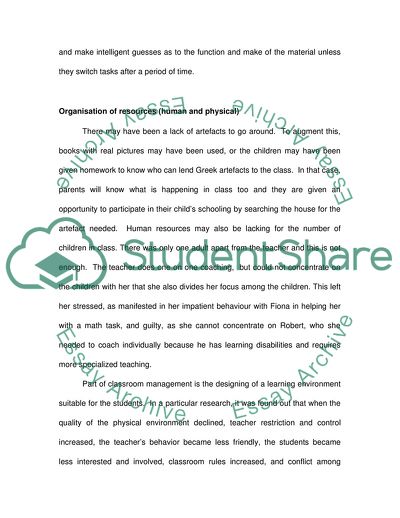Cite this document
(A Classroom-Based Scenario Case Study Example | Topics and Well Written Essays - 1500 words, n.d.)
A Classroom-Based Scenario Case Study Example | Topics and Well Written Essays - 1500 words. https://studentshare.org/education/1729747-analysis-of-a-classroom-based-scenario
A Classroom-Based Scenario Case Study Example | Topics and Well Written Essays - 1500 words. https://studentshare.org/education/1729747-analysis-of-a-classroom-based-scenario
(A Classroom-Based Scenario Case Study Example | Topics and Well Written Essays - 1500 Words)
A Classroom-Based Scenario Case Study Example | Topics and Well Written Essays - 1500 Words. https://studentshare.org/education/1729747-analysis-of-a-classroom-based-scenario.
A Classroom-Based Scenario Case Study Example | Topics and Well Written Essays - 1500 Words. https://studentshare.org/education/1729747-analysis-of-a-classroom-based-scenario.
“A Classroom-Based Scenario Case Study Example | Topics and Well Written Essays - 1500 Words”. https://studentshare.org/education/1729747-analysis-of-a-classroom-based-scenario.


